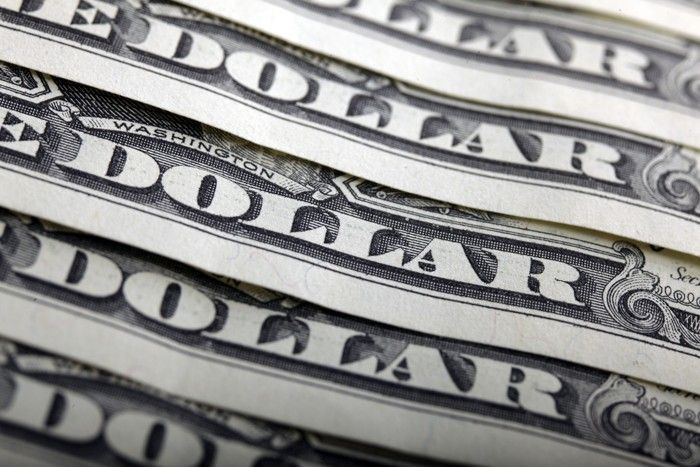Why the US dollar fell in Q1 2011

The US dollar continued to fall in the first quarter of 2011. It lost 2.4 percent against G10 currencies, similar to the pace of decline in the fourth quarter of 2010, but more moderate compared to the 8.4 percent QE2-induced drop in the third quarter of 2010.
Carry Trade
Outside the US, inflation pressures are building faster. Therefore, interest rate hikes are expected to come sooner. Moreover, some central banks (notably the European Central Bank) seem to be more vigilant in staving off the threat of inflation than the Federal Reserve.
Portfolios Flows
On the portfolio flows front, global asset managers resumed favoring risk assets (like stocks) from emerging market countries, so the dollar didn’t see much demand there, according to Jens Nordvig of Nomura Global FX.
M&A Flows
In M&A, the recent deal-flow has been negative, said Nordvig, meaning corporations generally sold the US dollar in order to convert it to foreign currencies and buy foreign companies.
Higher Oil Prices
Higher oil prices are generally negative for the US dollar. Sovereign countries rich in oil are large recipients of oil revenues, which are denominated in the dollar. When oil revenues (and dollar intake) spike, they diversify/sell the surplus dollars into assets denominated in other currencies.
Central Banks
Central banks have been slowly diversifying out of the US dollar in their foreign exchanges reserves, a trend that gathered momentum after the global financial crisis.
Outlook for Q2
The dollar’s decline has made it cheaper by valuation metrics (like purchasing power parity). However, valuation alone won’t make the dollar rally, said Nordvig.
For that to happen, growth (and interest rate) expectations for non-US countries must be downwardly revised, he said. If not, the dollar may just consolidate and trade sideways relative to G10 currencies.
This may not be such a bad thing for the US, however. US politicians have long complained that weakness in other currencies (notably the Chinese yuan) have contributed to global imbalances and a large US trade deficit; if the dollar remains weak, such problems will be mitigated.
Click here to follow the IBTIMES Global Markets page on Facebook
© Copyright IBTimes 2024. All rights reserved.











